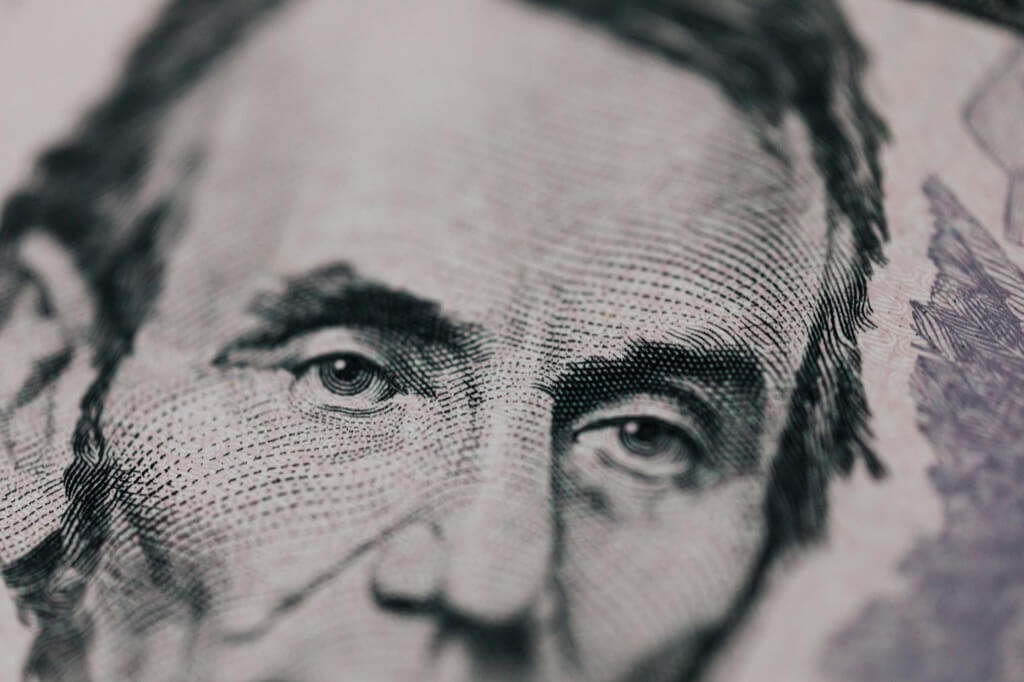The quintessential American breakfast—a plate adorned with sizzling bacon, perfectly fried eggs, a side of golden toast, and a tall glass of refreshing orange juice—is as emblematic of the United States as apple pie. For generations, this hearty morning meal has been a symbol of sustenance, providing the essential calories and nutrients to power our hectic lives.
However, what many may not realize is that this beloved American breakfast is a relatively modern invention, born from the creative minds of two advertising legends. The combination of bacon, eggs, and orange juice wasn’t always a staple on the breakfast table. In this detailed exploration, we will journey through history to uncover the intriguing story of how this iconic breakfast came to be.
The Origins of an American Classic
The history of breakfast in America is a fascinating tapestry woven with dietary traditions, societal shifts, and the influence of innovative thinkers. While the idea of breakfast itself is centuries old, the specific combination of bacon, eggs, and orange juice that we know today is far from a traditional culinary heritage.
To understand the genesis of this iconic breakfast, we must first introduce Edward Bernays, a name perhaps unfamiliar to many but whose influence on modern consumer culture is immeasurable. Born on November 22, 1891, in Vienna, Bernays was not just any marketer; he was the nephew of Sigmund Freud, the renowned founder of psychoanalysis. The profound concepts of the unconscious mind and its desires, as expounded by “Uncle Siggy,” greatly intrigued Bernays from a young age.
As fate would have it, Bernays’ career took an unconventional trajectory. In the early 1910s, he served as a theatre press agent, playing a pivotal role in introducing the revolutionary Ballet Russes to America and propelling opera singer Enrico Caruso to stardom. However, it was during World War I that his life took a transformative turn. Hired by the government to influence public opinion through propaganda, Bernays gained invaluable insights. He later reflected:
“One thing I took away from my time in the CPI was the realization that similar tactics used to influence neutrals, the enemy, and the American people during wartime could just as easily be employed during peacetime. Put another way, organizations and people in a peaceful nation could benefit from the same things that a nation at war could.”
After World War I, Bernays established his own advertising firm, harnessing his wartime knowledge and merging it with Freud’s theories to create a groundbreaking discipline: “public relations.” A testament to his acumen was his early campaign for the American Tobacco Company in 1928, aiming to persuade women to smoke—an unconventional challenge in a time when smoking was considered a masculine activity.
Bernays’ strategy for promoting smoking among women exemplified his innovative thinking. His campaign comprised three distinct phases. First, he recognized that the green packaging of Lucky Strike cigarettes was turning women away. Rather than altering the packaging, a costly endeavor, he orchestrated events like the “Green Gala” to reintroduce green as a fashionable color. Then, he linked smoking to the desirable “flapper” body type of the time by promoting a study that associated sugar with health issues while showcasing slender models enjoying cigarettes.
However, the challenge extended beyond perception; women smoking in public was a social taboo. To overcome this barrier, Bernays employed a brilliant strategy. He announced in newspapers nationwide that thirty debutantes would light “torches of freedom” during the 1929 Easter Parade on Fifth Avenue, in support of women’s emancipation. The world watched in astonishment as women boldly lit their cigarettes. This marked the beginning of a cultural shift, associating smoking with modern, independent women.
The Transformation of Breakfast
Now, let’s fast forward to 1922, when a new challenge awaited Bernays: the Beech-Nut Packing Company, a prominent producer of breakfast foods, approached him. Sales of bacon and eggs had been dwindling for decades, primarily due to significant changes in the American job market. The shift from agrarian to industrial labor resulted in less physically demanding work, prompting people to seek lighter, healthier breakfast options.
The evolving American breakfast landscape was also shaped by dietary pioneers like John Harvey Kellogg, who promoted a bland cereal diet as a means to resist sinful urges. By the 1920s, a typical American breakfast comprised coffee, toast, oatmeal, fruit (often grapes or juice), and more coffee. Bacon and eggs, once a staple of the American morning, had taken a back seat.
In his quest to revive the popularity of bacon and eggs, Bernays sought the counsel of the agency’s in-house physician. He inquired about the health benefits of a heartier versus a lighter breakfast. The physician’s response was pivotal:
“Due to energy loss throughout the night and the subsequent energy requirement during the day, a heartier breakfast is healthier than a light one.”
With this knowledge in hand, Bernays posed a question: Would five thousand other doctors agree? The answer was a resounding yes. Approximately 4,500 doctors endorsed the idea that a bigger breakfast was better for Americans’ health.
This endorsement made headlines in national newspapers, including the Chicago Tribune. The newspapers proclaimed:
“Those who work in sedentary jobs or who work with their brains should have a hearty breakfast of cereal, fruit, eggs, bacon, toast, or, as we southerners like, hot biscuits.”
The Enduring Legacy
The breakfast landscape in America was forever transformed by Edward Bernays’ innovative marketing campaign. The once-forgotten combination of bacon, eggs, and orange juice was resurrected and took its place as an iconic American breakfast. This captivating journey through history highlights the profound impact of advertising and psychology on our daily lives.
Bernays’ story reminds us that our choices and preferences are often influenced by the power of perception. What we consume can be seen as a political statement or a personal choice, shaped by the ever-evolving landscape of marketing and psychology.
So, the next time you sit down to enjoy a hearty breakfast of bacon and eggs, take a moment to savor not only the flavors but also the remarkable story behind this beloved morning ritual. It’s a testament to the ingenuity of Edward Bernays and the enduring legacy of his marketing genius.




